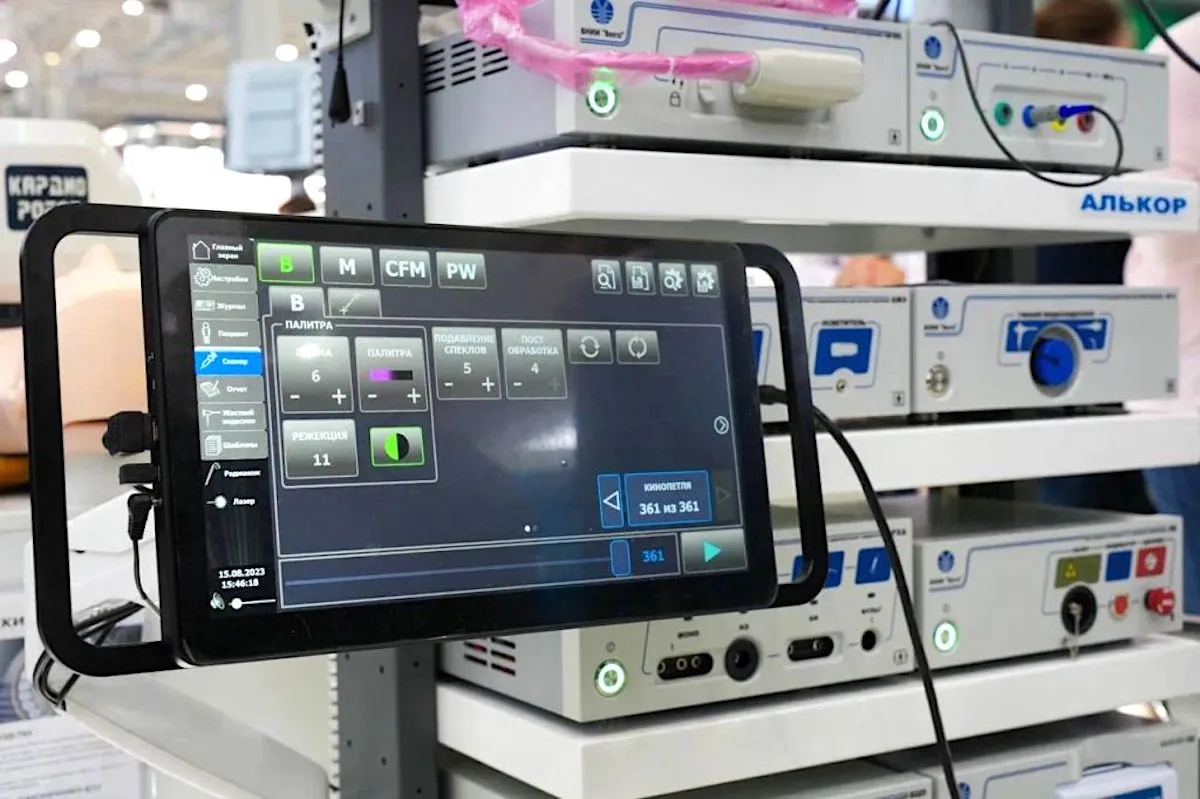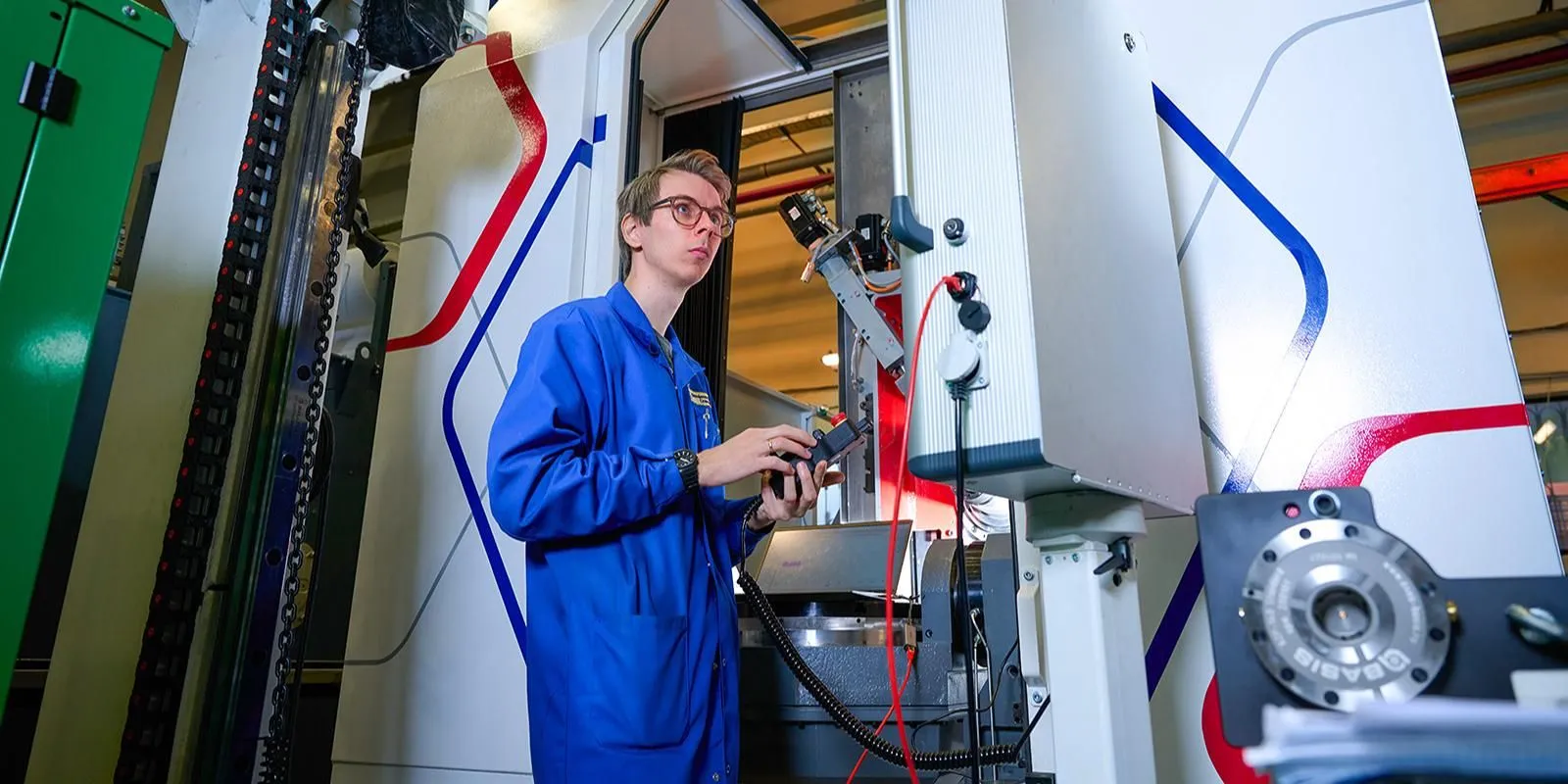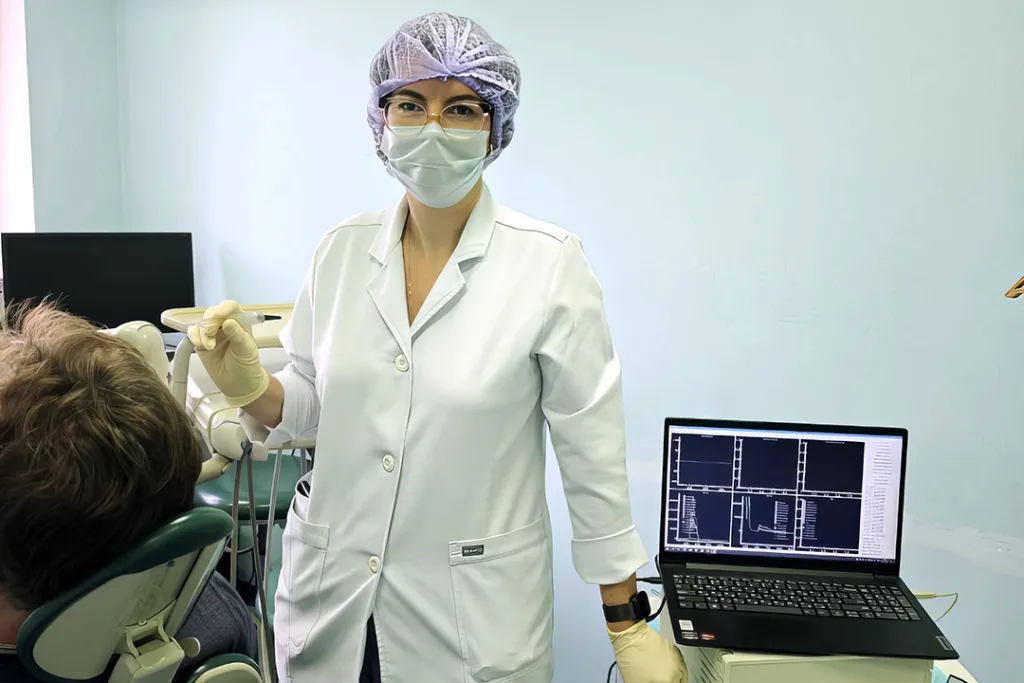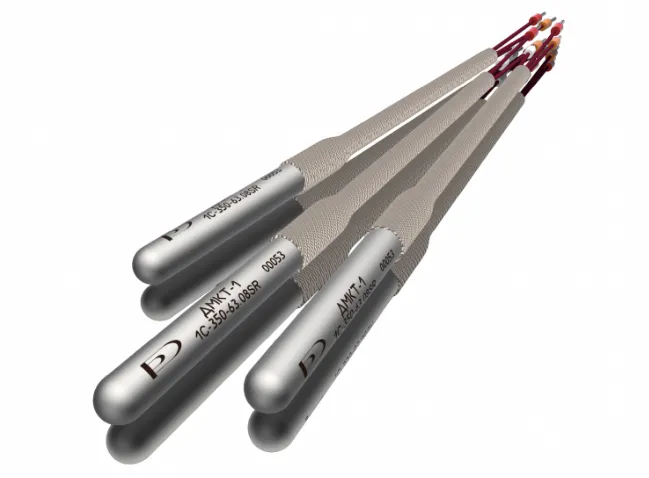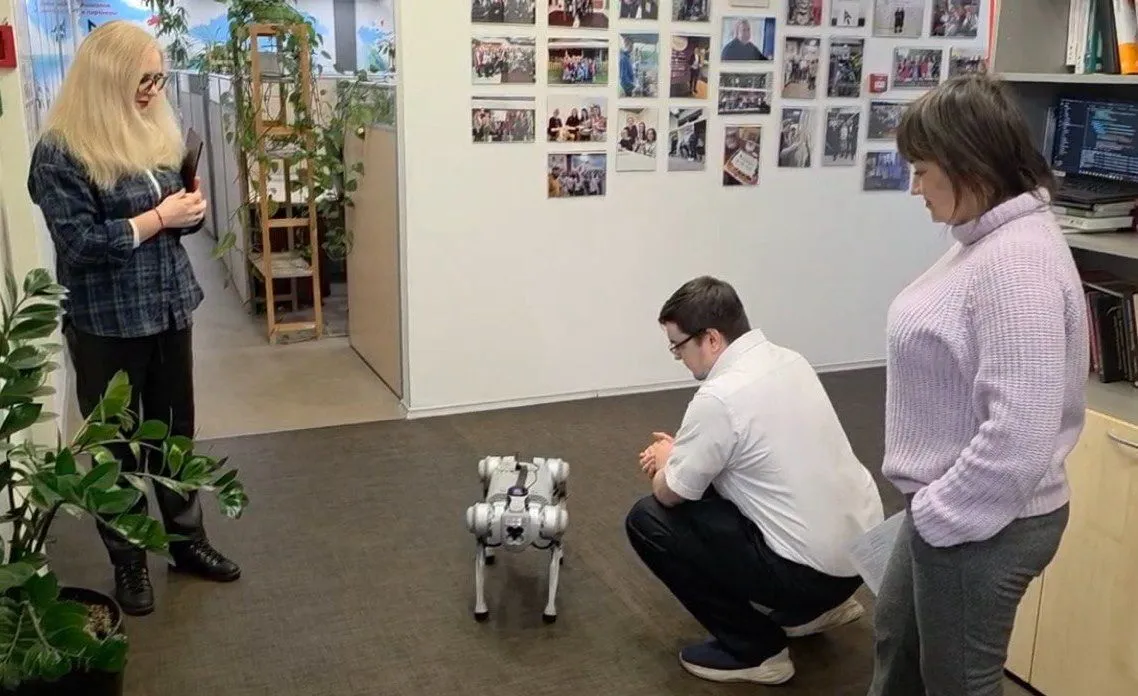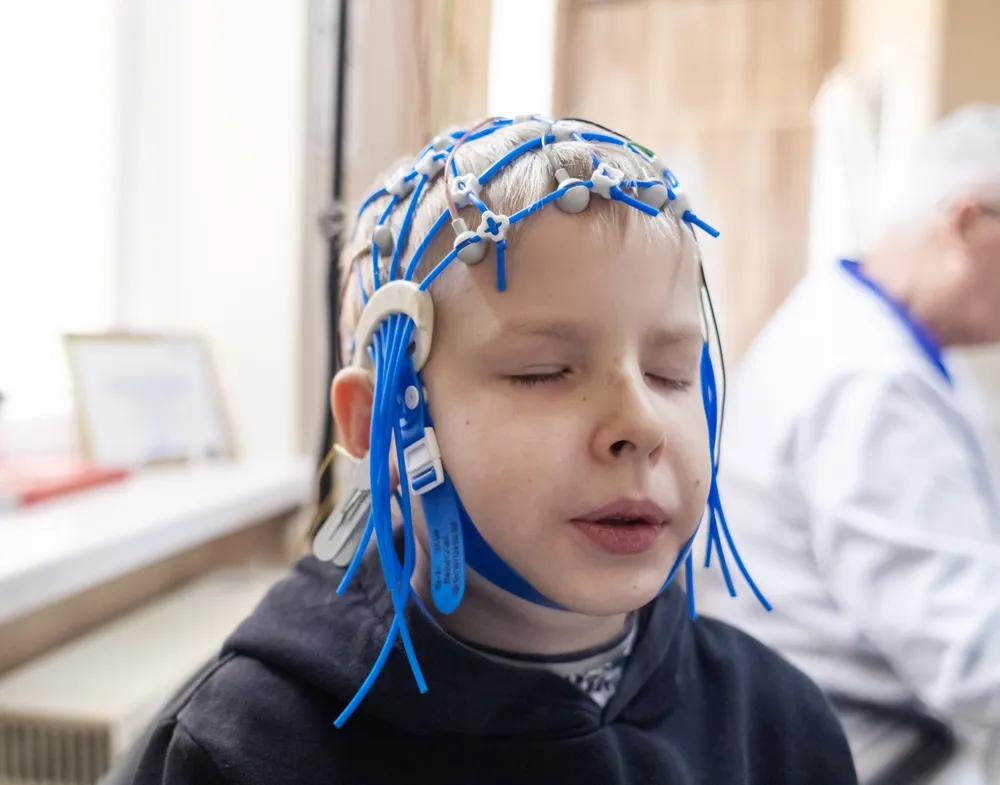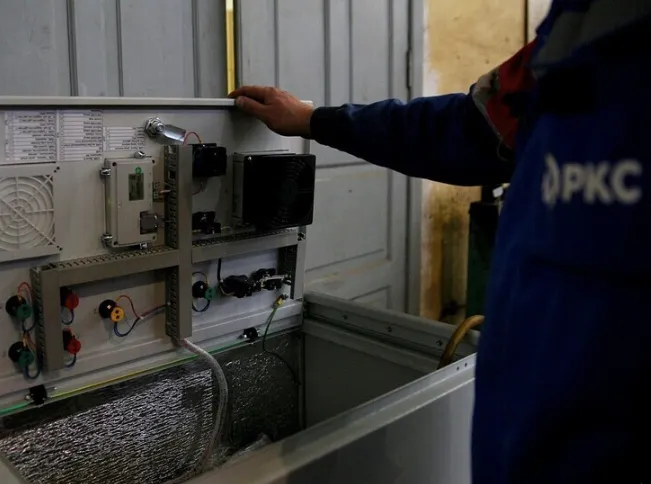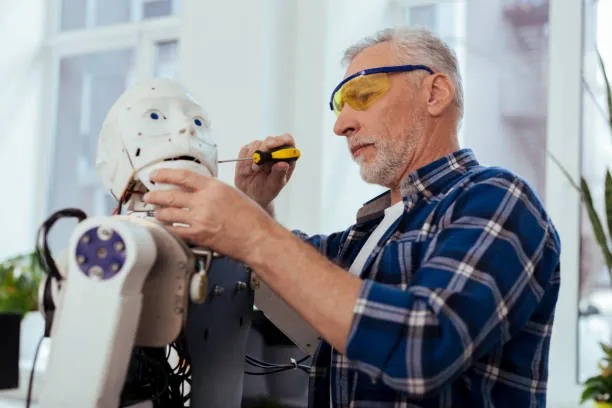Russia Develops Breakthrough Algorithm for Large-Scale Heart Disease Diagnosis
A new system can analyze millions of electrocardiograms in seconds, helping detect cardiovascular disorders early — even in remote regions.
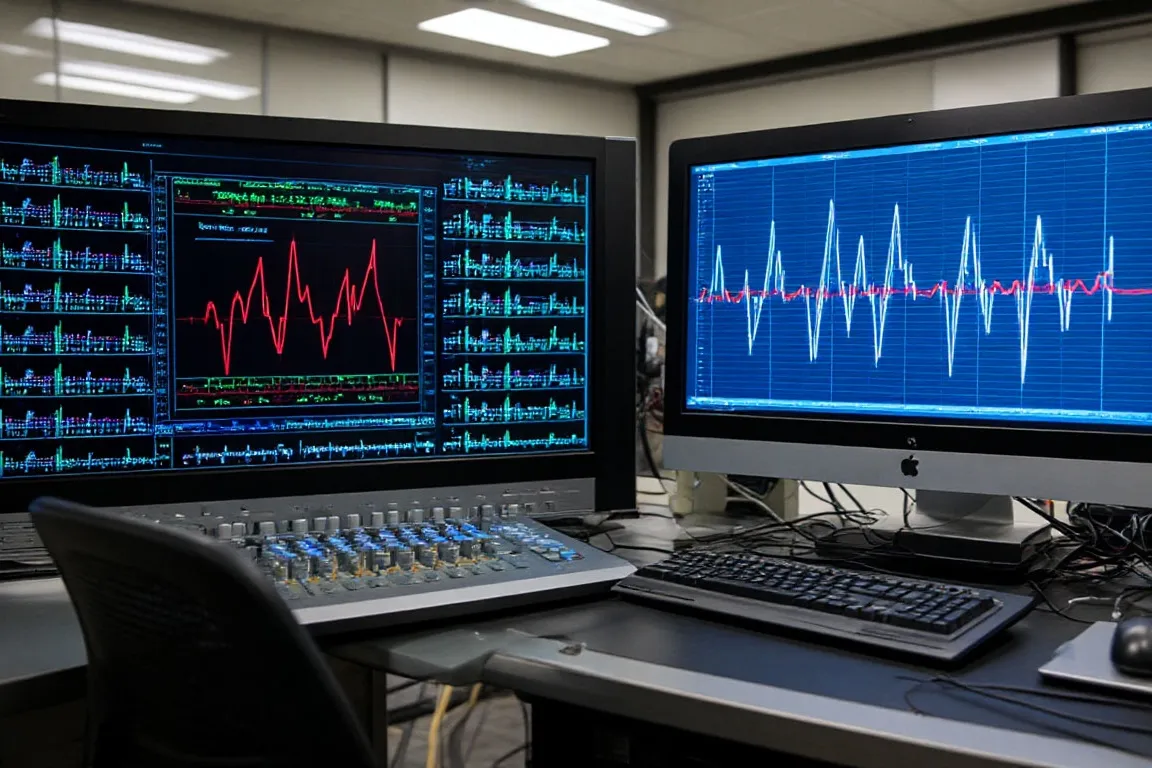
Researchers at South Ural State University have created and successfully tested a high-speed computer algorithm capable of identifying signs of heart disease from ECG data in just seconds. The technology enables mass processing of medical data — millions of cardiograms at once — marking a major step forward in the early detection of cardiovascular conditions, one of the leading causes of death worldwide.
At the core of the innovation is a parallel algorithm called PADDi, which operates on a cluster system powered by graphics processors. Its key advantage lies in processing vast data volumes that can’t fit into the memory of a conventional computer. The system also functions autonomously, without constant fine-tuning by medical specialists.
“Dissonance” as a Marker of Anomalies
What makes the technology unique is its use of the concept of “dissonance” to identify irregularities in data.
The algorithm divides large datasets among cluster nodes, and each node then distributes its share across multiple GPUs for maximum speed. This enables PADDi to detect abnormalities not only in cardiograms but in any type of complex data, from medical readings to industrial or environmental signals.
The system’s efficiency was confirmed on two of Russia’s top supercomputers — Lomonosov-2 and Lobachevsky. After successfully analyzing millions of data points, researchers say the algorithm is ready for clinical deployment, paving the way for AI-assisted preventive diagnostics on a national scale.




